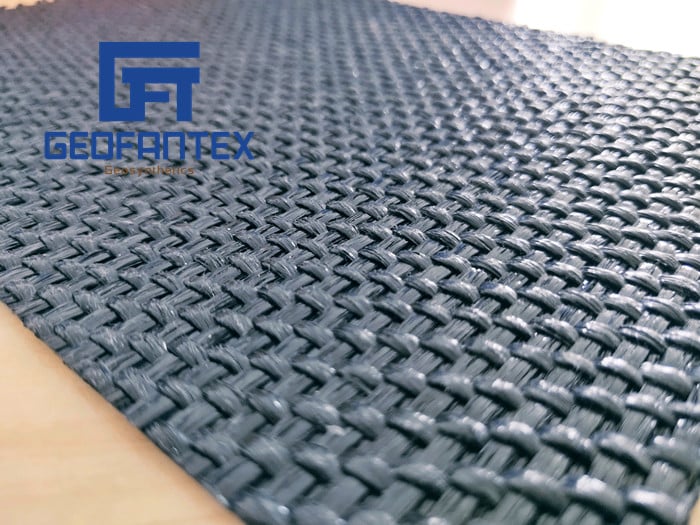+86-159 9860 6917
info@geofantex.com
geofantex@gmail.com
+86-400-8266163-44899
Application of Geosynthetics in Soil Erosion Control
Geosynthetics, different products have different characteristics and can be used in many engineering fields.
It has been applied in geotechnical engineering, civil engineering, water conservancy engineering, environmental engineering, traffic engineering, municipal engineering, and land reclamation engineering, etc.

Geosynthetics Protection Applaction:
Soil Erosion Control is a natural process caused by the action of water power and wind power. There are many influencing factors, such as soil, vegetation, and landform. Human life activities will accelerate this process under certain conditions. If this kind of erosion is not treated accordingly, it may cause huge damage to existing buildings and the environment.

In terms of soil erosion control, geosynthetics can be applied in fields such as slope protection, water canal protection, coastline protection, beach reclamation, vegetation restoration, rockfall protection nets, and flood control dam construction. According to project characteristics and site conditions, one or more geosynthetic products may be involved in the erosion control project.
In slope protection engineering, in addition to some geosynthetics, soil nails and even rock bolts are needed to ensure the stability of the protection system. In some cases, geotextile geotube filled with mortar are also used to fix the protective surface, and grass seeds are inserted in the gaps of the protective structure to cultivate vegetation to prevent soil erosion.
For more information please contact to Geofantex Geosynthetics Co., Ltd.
Get Free Sample
We’ll respond as soon as possible(within 12 hours)




















